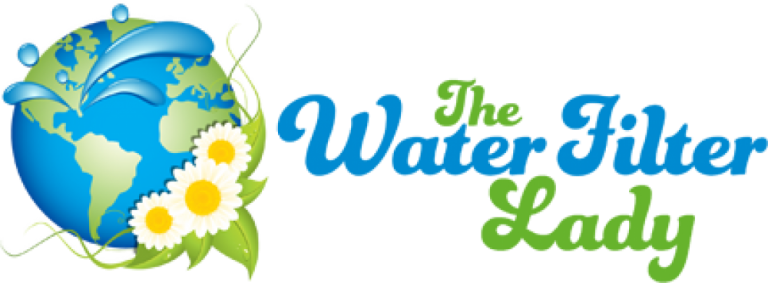Are You Adding Petroleum To Your Drinking Water?
What do you get when you mix water, sugar, petroleum, citric acid, and some artificial flavor? I’ll give you a hint, it sits next to the milk in your fridge and the kids love it. Artificial food color is made from petroleum. Petroleum? Yep, red 40, yellow 5, yellow 6, red 2, red 3, blue 1, blue 2, and green 3 are all made from petroleum.
These food dyes are everywhere, and we are consuming them at an ever increasing rate. In 2009, the FDA certified over 15 million pounds of it, and 90% of that came from red 40, yellow 5, and yellow 6. Per person, we are consuming about 5 times what Americans did in 1955. It’s in almost everything, so it must be safe… right?
In 2010, the Center for Science in the Public Interest released a report detailing an analysis of past research. They found connections with artificial food coloring to restlessness, attention problems, and hyperactivity in children. In July of 2010, the European Union started mandating warning labels on any food or drink containing any amount of six different dyes. This was prompted by 2008 research done by Southampton University, linking these dyes to negative behavior in children. Studies like these validate what parents have been reporting for over 40 years.
There have been numerous animal studies in the areas of carcinogenicity, neurotoxicity, or genotoxicity, but we aren’t even going to go there today. We’ll stick to the behavioral aspects of this, and explore why this might be happening, and what you can do about it.
We all have heard of food allergies to things like peanuts, shellfish and strawberries. Those are called an IgE reactions and they occur almost immediately. There are other types of immune reactions to foods, food additives, food coloring and other substances that are less severe and delayed. The negative effects could show up in a couple hours or a couple days. People can unknowingly suffer from these sensitivities their entire lives, and artificial food dyes are common culprits, especially with kids.
So what can you do?
-
Awareness is key, so educating yourself on these issues is the first step.
-
Start reading labels… and not just food labels. Take a look at your kid’s pink ibuprofen and blue mouthwash. Here’s a nice little cheat sheet for you and the kids.
-
Observe and note undesirable behaviors. Food colorings are obviously not the only reason for behavior problems, but it’s a common issue and a great place to start.
-
Do a two week elimination trial and see how it goes. That’s what they’ve done in some schools in the UK… take a look.
-
Get tested. The best way to know which dyes you’re sensitive to is by getting an Alcat test.
About the Author
Tom Hines is the Co-Founder of NutritionGeeks.com, a retired USAPL powerlifter, a volunteer youth wrestling coach, the father of 3 amazing boys and interested in all things health.


